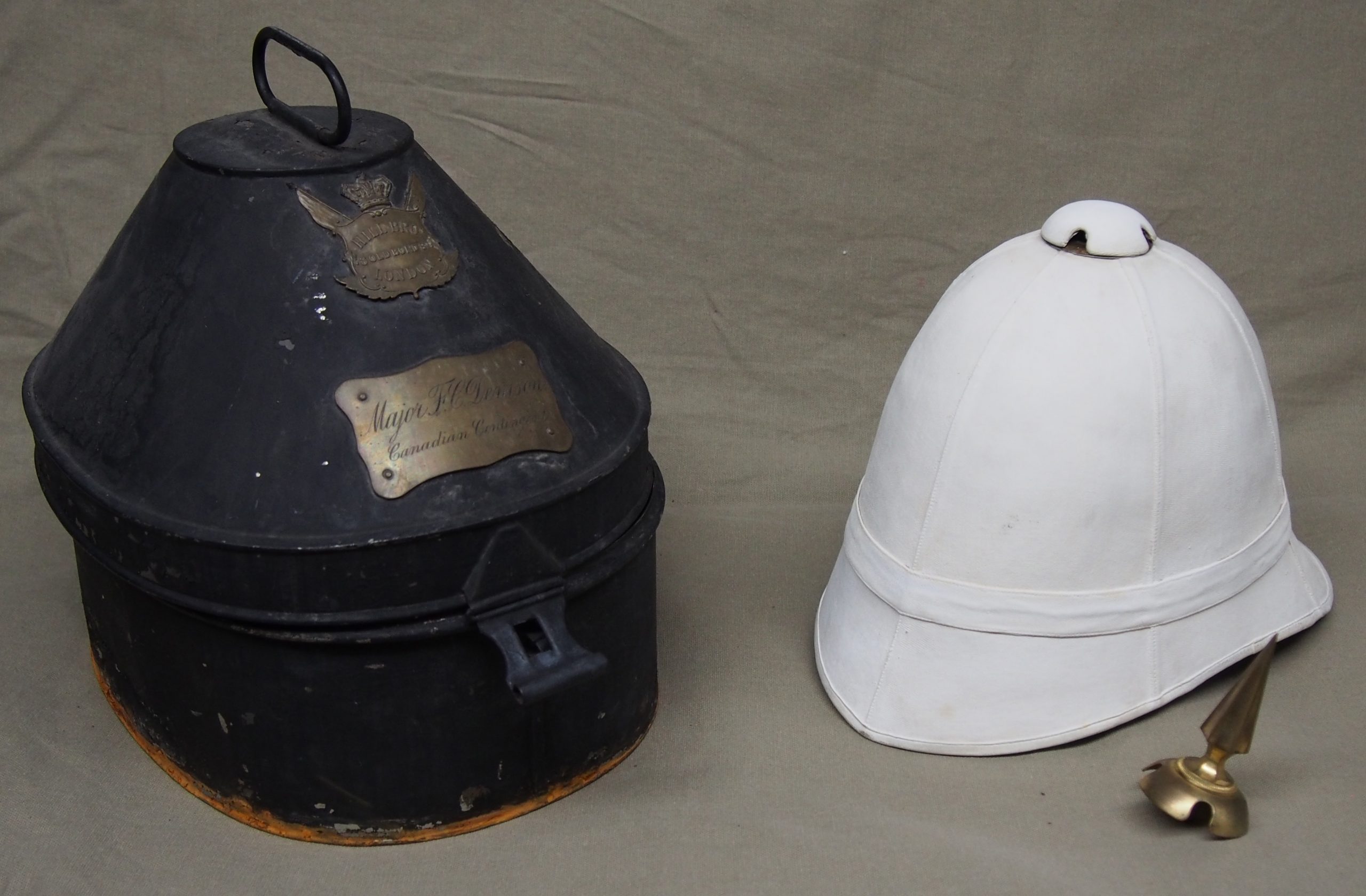
The name Frederick Charles Denison may not be as well known as that of Garnet Wolseley, but Denison played an important role in the Sudan Campaign when he commanded the Canadian Voyageurs on the Nile. Denison distinguished himself during the war, and was given prominent mention in dispatches but he also received multiple honors and awards.
Had Denison not taken part in the ill-fated campaign, he still would have left his mark as a militia officer, lawyer, author, businessman and politician. Born to the wealthy and influential Denison family, he was drawn to military service after his older brother Captain George Taylor Denison III became a militia officer. Continue reading

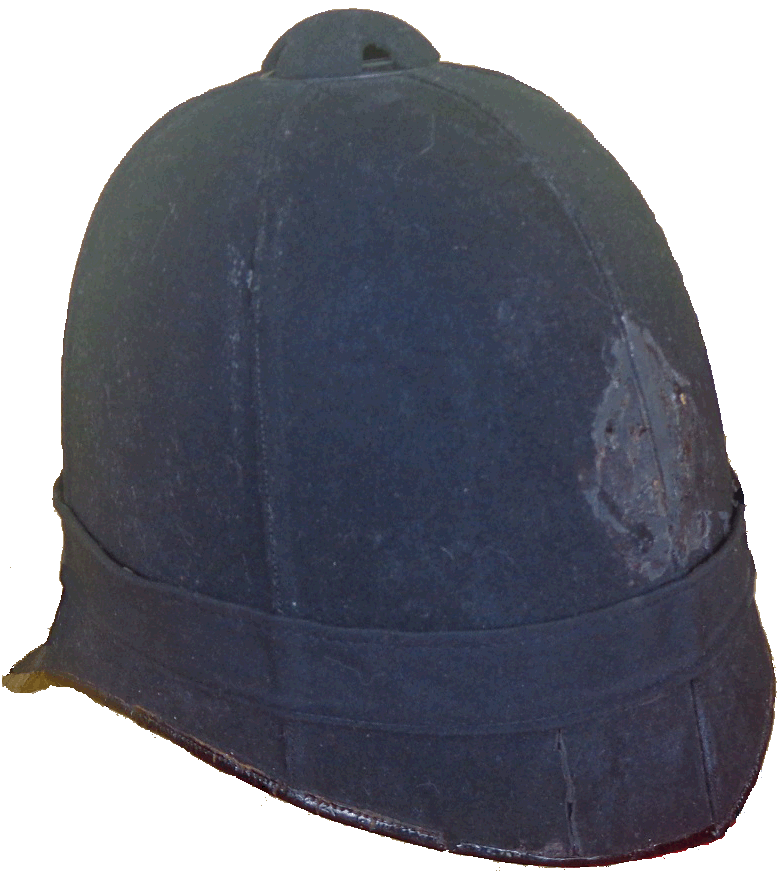
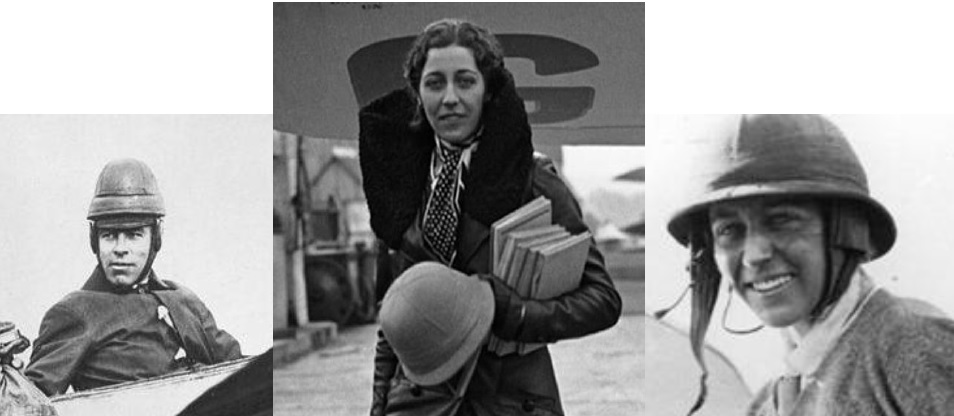
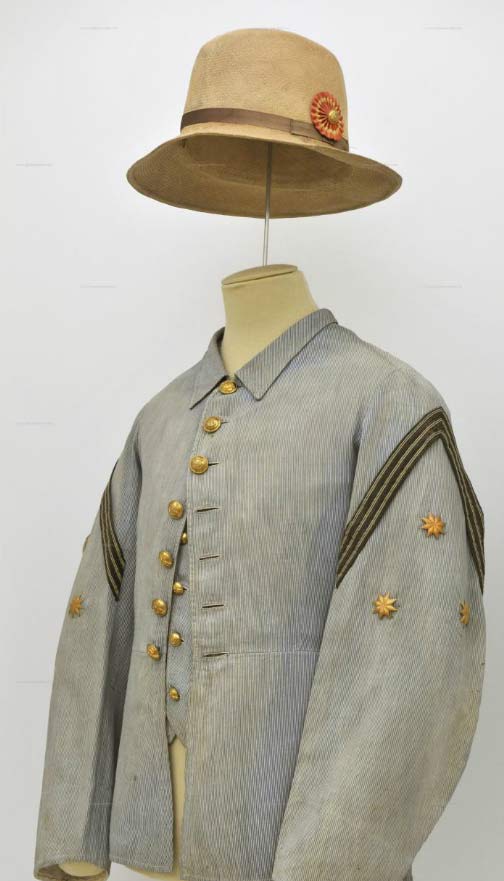
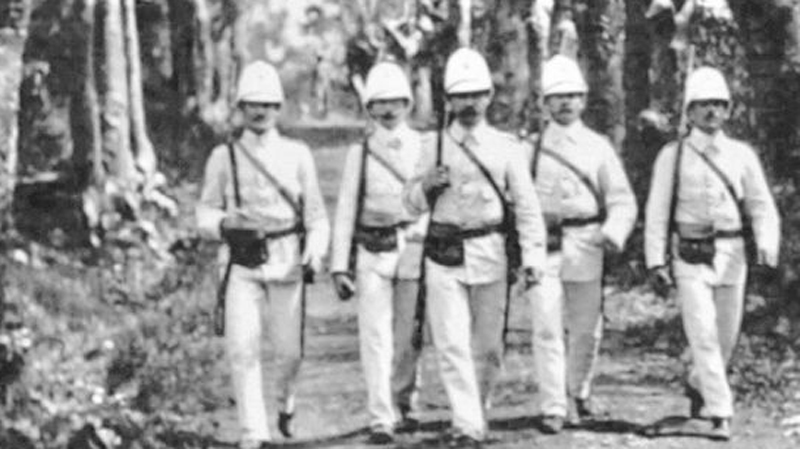

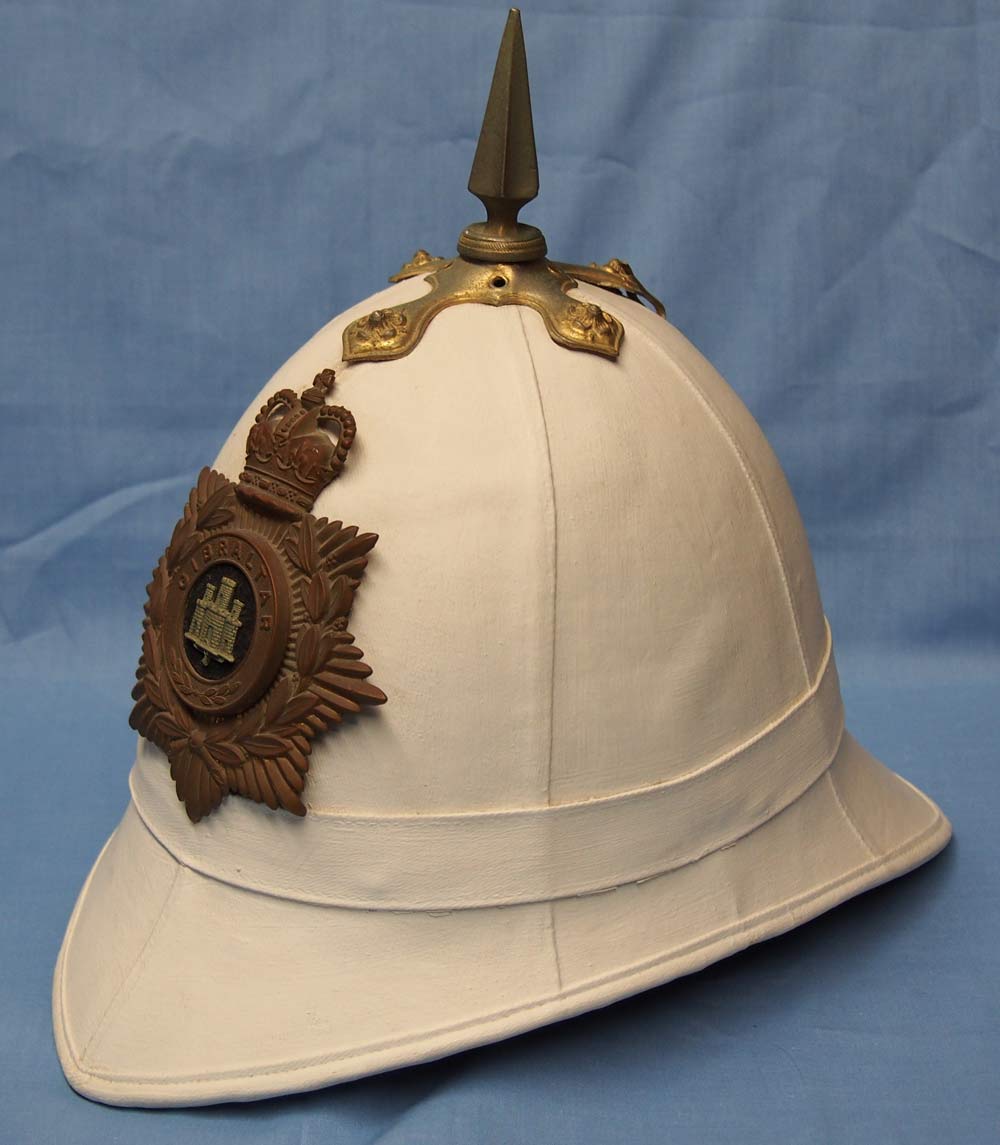 The British “
The British “